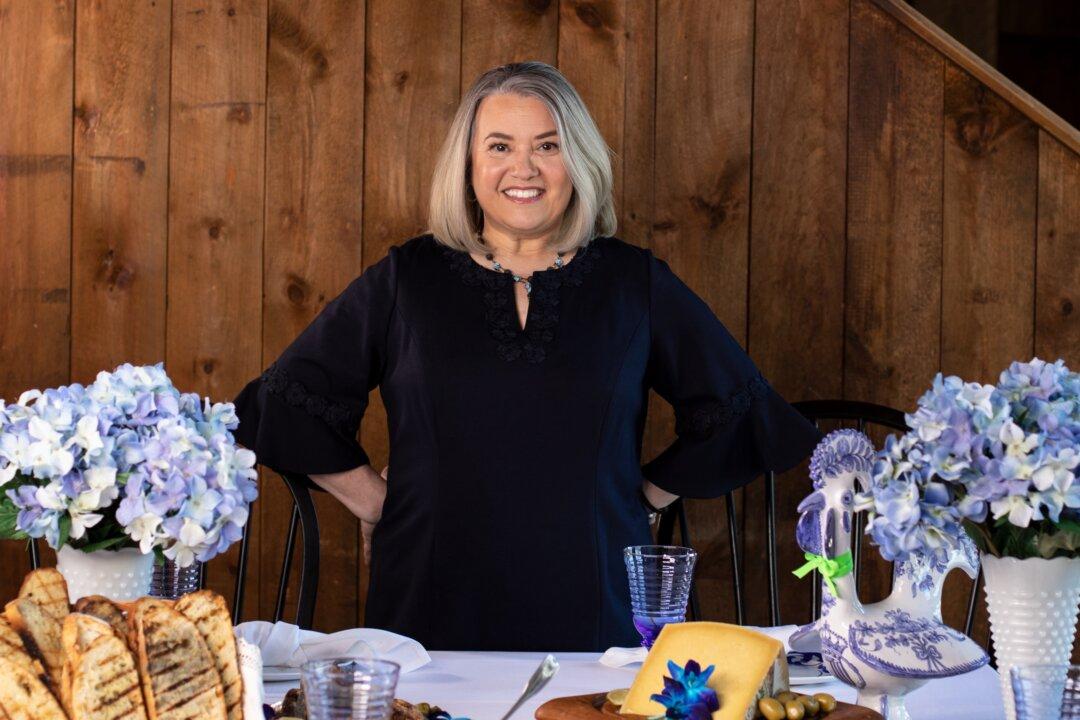On a Saturday in the coastal city of Beaufort, South Carolina, (not to be confused with its sister city in North Carolina), my daughters held my hands tightly as we ducked our heads against the wind to cross a street lined with live oaks, palmettos, and quaint, brightly colored buildings.
The sea breeze carried notes of live music playing up the street, but my daughters were glued to the window of The Chocolate Tree, where candies and caramel apples beckoned to them from behind the glass. While they excitedly pointed out favorite sweet treats, I admired the landscaping and colorful flowers planted on every corner. As I breathe in the signs of spring, I thought I just might never leave.





